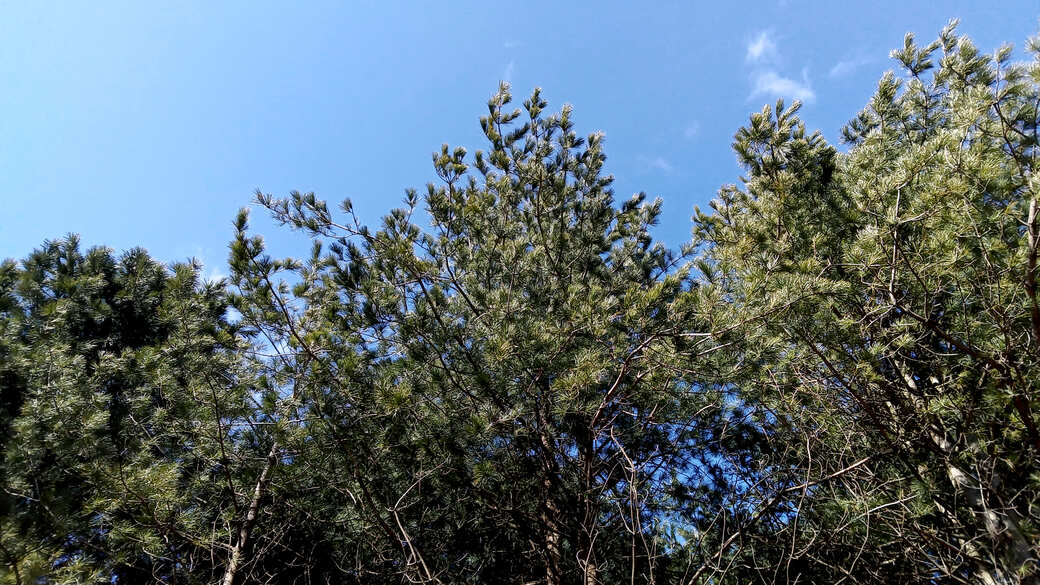Costa Rica is a tropical paradise known for its diverse and vibrant flora, but pine trees are not native to this Central American country. While pine trees are typically found in the northern hemisphere, Costa Rica’s landscape is dominated by a wide variety of tropical and subtropical tree species. In this article, we’ll explore the native tree species that thrive in Costa Rica and the efforts being made to preserve and reforest these unique ecosystems.
What are the Common Tree Species in Costa Rica?

Costa Rica is home to a vast array of tree species, each with its own unique characteristics and ecological significance. Some of the most common and notable tree species found in the country include:
-
Guanacaste (Enterolobium cyclocarpum): A deciduous tree with a broad canopy, known for its large, flat seed pods. It is a common sight in the dry forests of the Pacific coast.
-
Ceiba (Ceiba pentandra): A towering tree with a distinctive trunk and buttress roots, revered by the ancient Maya civilization for its spiritual and cultural significance.
-
Cocobolo (Dalbergia retusa): A highly valued tree for its beautiful and durable wood, which is used in the production of furniture and musical instruments.
-
Pochote (Bombacopsis quinata): A versatile tree with medicinal properties, used in traditional remedies and providing habitat for various wildlife species.
Where are These Tree Species Found in Costa Rica?

The diverse tree species of Costa Rica are found in a variety of geographical locations and ecosystems throughout the country:
-
Guanacaste: The Guanacaste tree is primarily found in the dry forests of the Pacific coast region.
-
Ceiba: The Ceiba tree is a common sight in the tropical rainforests of Costa Rica, particularly in the central and southern parts of the country.
-
Cocobolo: The Cocobolo tree is native to the tropical forests of Costa Rica, found in various regions throughout the country.
-
Pochote: The Pochote tree can be found in various regions of Costa Rica, including the tropical rainforests and other forested areas.
What are the Typical Characteristics of These Tree Species?
Each of the notable tree species in Costa Rica has its own unique characteristics that contribute to the country’s diverse and vibrant ecosystem:
-
Guanacaste: The Guanacaste tree can grow up to 40 meters tall, with a broad canopy and large, flat seed pods that are a distinctive feature of the species.
-
Ceiba: The Ceiba tree is known for its towering height, often reaching over 50 meters, and its distinctive buttress roots that help stabilize the tree in the tropical environment.
-
Cocobolo: The Cocobolo tree is highly valued for its beautiful and durable wood, which is used in the production of furniture, musical instruments, and other high-quality products.
-
Pochote: The Pochote tree has medicinal properties and provides important habitat for a wide range of wildlife species, making it a valuable component of the Costa Rican ecosystem.
How are These Tree Species Being Preserved and Reforested?
In recognition of the importance of these native tree species, Costa Rica has implemented various reforestation and conservation efforts to ensure their long-term survival:
-
Guanacaste: The Guanacaste tree is often used in reforestation projects due to its ability to provide shade and stabilize the soil, making it a valuable asset in the restoration of degraded landscapes.
-
Ceiba: The Ceiba tree is frequently planted in reforestation projects aimed at restoring the tropical rainforests of Costa Rica, as it is a key component of these ecosystems.
-
Cocobolo: Efforts are being made to promote responsible harvesting and conservation of the Cocobolo tree, as its valuable wood has led to overharvesting in some areas.
-
Pochote: The Pochote tree is used in reforestation projects to help restore ecological balance and provide important habitat for a wide range of wildlife species.
Conclusion
While pine trees are not native to Costa Rica, the country is home to a diverse and vibrant array of tree species that play a vital role in the country’s ecosystems. From the towering Ceiba to the medicinal Pochote, these native trees are the backbone of Costa Rica’s lush and thriving landscapes. Through ongoing reforestation and conservation efforts, Costa Rica is working to ensure the long-term survival of these remarkable tree species, preserving the natural beauty and ecological balance of this tropical paradise.
References:
– Native Trees of Costa Rica A-Z
– Costa Rica Nature: Top 10 Trees
– A Guide to the Remarkable Tree Species in Costa Rica
